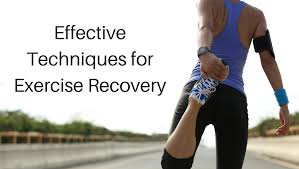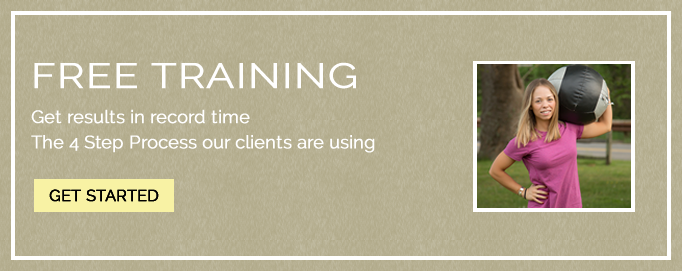
Restoration and recovery will enhance anyone’s training program. Proactive recovery is a multidimensional process that focusses on the individual as a whole. Planning recovery begins with a periodized plan but also requires the coach to look at emotional/relaxation techniques, psychological strategies, nutrition, sleep and hydration.
1.) A periodized plan is in important part of the recovery process. Periodization has value, role, and application in strength and conditioning program because it programs what the individual needs from a big picture perspective. The role of periodization is to promote long-term training and performance. This ensures there are easy days as well as hard days. The active recovery and rest are planned and not just seen as an afterthought.
2.) The recovery days can look like light cardiovascular work with some stretching. It can also be done through massage, foam rolling, saunas, cold showers and baths. Recovery days are seen as an equal part of training because they aim to remove waste product and restore muscle length. Active recovery can be planned in each microcycle and macrocycle and also at the end of each session. One of the main reasons you want to include active recovery in someone’s program is because lack of suppleness is a major cause of injuries.

3.) A training log is another mechanism to enhance someone’s recovery. A training log allows them to take full responsibility for their recovery. With the training log they are able to monitor and identify any symptoms of overtraining. This allows them to see how they are adapting to the stress and develop new strategies if needed. Since recovery is not just about what happens inside the gym, they can be proactive about creating a balanced lifestyle and become aware when feeling tired. Since stress is cumulative the athlete can become aware of what their stressors are and how they can manage them. The training log can be done before and after workouts to learn how the body is recovery day to day. The training log can be extensive or can be simple as an RPE scale during the workouts.
4.) Emotional and relaxation techniques are a natural means of recovery. Everyone needs methods that work for them. Each individual is different and will have different ways to facilitate relaxation and emotional recovery. The methods may vary but the goal is the same. Psychologist Daniel Goleman, Ph.D. stated that the most powerful domain of fitness is the emotional domain. Some examples include listening to music, visualization, meditation and mindfulness practices. It is important to eliminate all social stressors and create a positive atmosphere. How strong someone is for a workout is dependent on their current stress levels. Emotional and relaxation techniques progressively build the emotional capabilities, which turn into physical capabilities. One of the main reasons to practice relaxation techniques is because emotionally healthy athletes have a better capacity for handling physical loads with ease.
5.) Anyone with a well balanced diet will perform better. This is where you must decide if you have goals to look or perform. They will also want to look into their hydration and make sure they are drinking enough water throughout the day. The water can have electrolytes and sodium to account for sweat loss. Eating post workout can also be planned to replace glycogen and ensure a better recovery. The better you eat, the better you can recover!

Although there are many modes to recover, one thing is sure that an you must recover. The long-term goal is to create stress tolerance and speed up recovery. The more a coach can teach recovery, as a way of living, the better off you will be. Stress is much more than just physical but also can be mental and emotional. Your training program will only be as good as the recovery.
Interested in beginning your program? Contact me at and let’s dig deeper into your goals!
Yours in health,
Nicole Chamberlain

